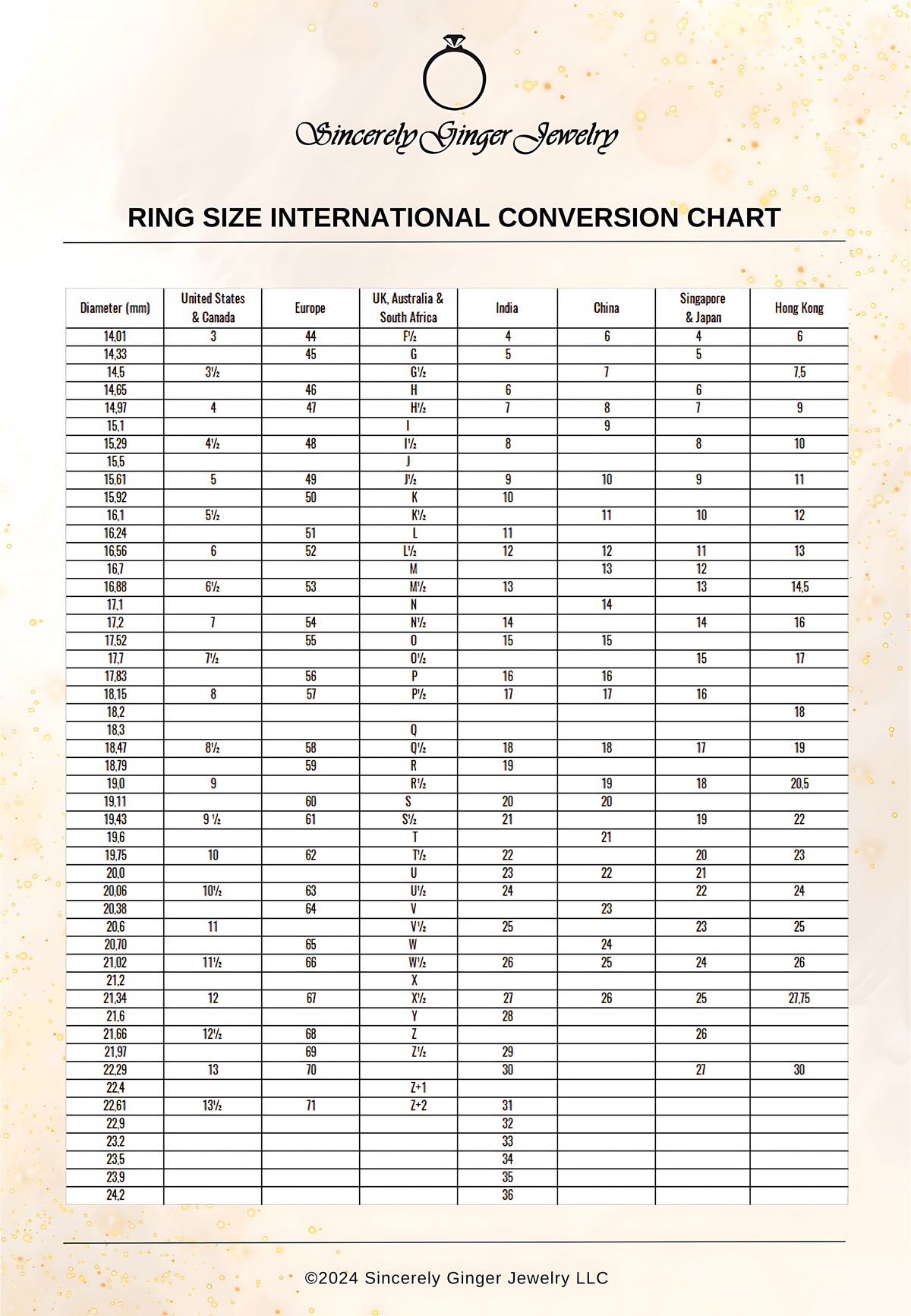
Heading
Subheading
Choosing the perfect ring can be a delightful experience, but it's crucial to know your ring size to ensure a comfortable fit. Whether you're shopping for an engagement ring, a wedding band, or a stylish accessory, understanding how to determine your ring size is essential. This knowledge helps prevent the disappointment of ordering a ring that's too tight or loose, saving time and money on resizing or returns.
This guide will walk you through various methods to measure your ring size accurately at home. You'll learn about ring size charts, how to use a ring sizer, and common pitfalls to avoid when measuring. We'll also cover tips for finding someone else's ring size discreetly, perfect for surprise proposals or gift-giving. By the end, you'll have the confidence to select the right size ring for any occasion.
Ring sizes are measurements used to denote the circumference or diameter of jewelry rings. These measurements ensure a comfortable fit and help prevent the disappointment of ordering a ring that's too tight or loose. To understand ring sizes better, let's explore what the numbers mean, how they work, and their universality.
In the United States, Canada, and Mexico, ring sizes are specified using a numerical scale with quarter-size increments. These numbers correspond to specific measurements:
Women's rings typically range from size 3 (14 mm) to 9 (19 mm), while men's rings usually fall between size 8 (18.2 mm) and 14 (23 mm). The average ring size for women is between 5 and 7, and for men, it's between 10 and 11.
Ring sizes are based on the inner circumference or diameter of the ring's band. The sizing system allows jewelers and customers to communicate effectively about ring measurements. Here's how it works:
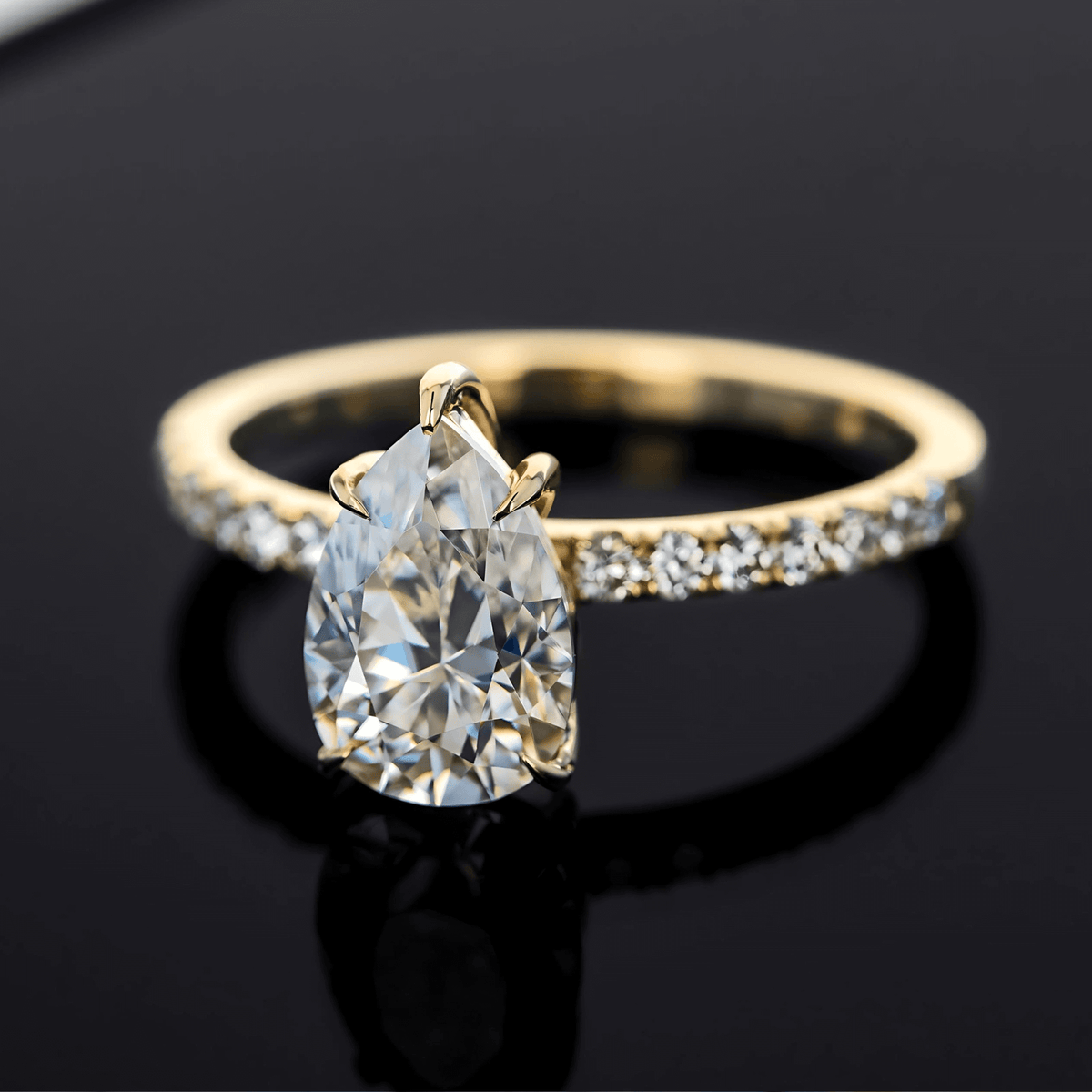
No, ring sizes are not universal. Different countries and regions use various systems to measure and denote ring sizes. Here's an overview of some common systems:
When shopping for rings internationally or online, it's crucial to use a conversion chart to ensure the correct size. Many jewelers provide these charts or offer assistance in determining the right size for your specific needs.
Determining one's ring size accurately at home is crucial for ensuring a comfortable fit and avoiding the inconvenience of resizing or returning a purchased ring. There are several methods available to measure ring size without visiting a jeweler. Each technique has its advantages, and individuals can choose the one that best suits their needs and available resources. Remember that wider bands tend to fit more snugly, so it's advisable to add a quarter size when purchasing a wide ring. Additionally, temperature and time of day can cause fingers to swell in warm weather or after physical activity. For the most accurate results, measure finger size when hands are at a normal temperature and not swollen. Measure multiple times throughout the day to find the most accurate size.
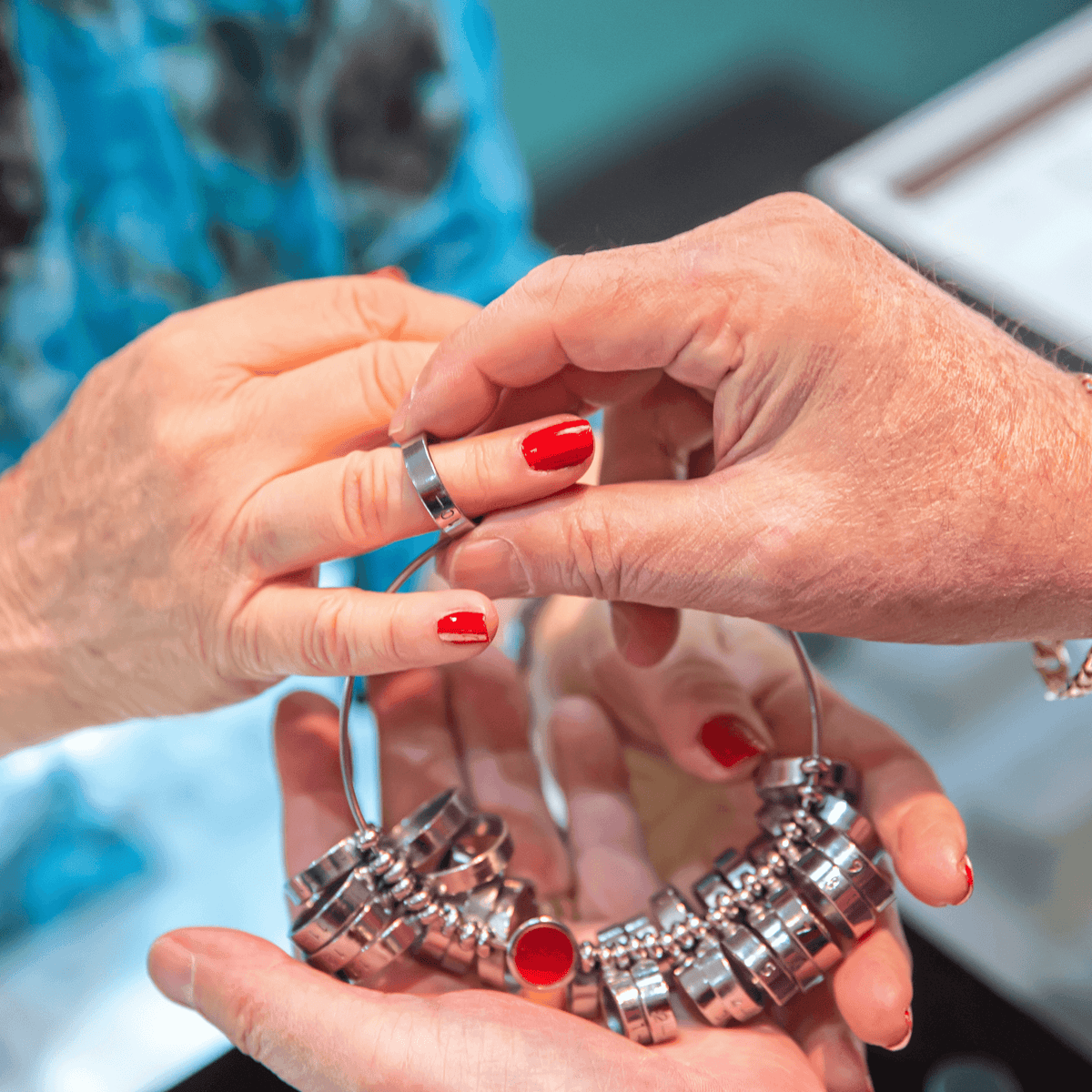
A ring sizer is the most accurate tool for measuring ring size at home. These devices are specifically designed for this purpose and are available in two main types:
Thin measuring tape: This type of ring sizer resembles a small belt. To use it:
Keyring with size gradients: This tool consists of a set of metal loops, each representing a different ring size. To use it:
When using a ring sizer, it's important to ensure that it can slide over the knuckle with slight resistance, mimicking how a real ring would fit.
For those without access to a ring sizer, the string or paper strip method offers a simple alternative:
Tips for accuracy:
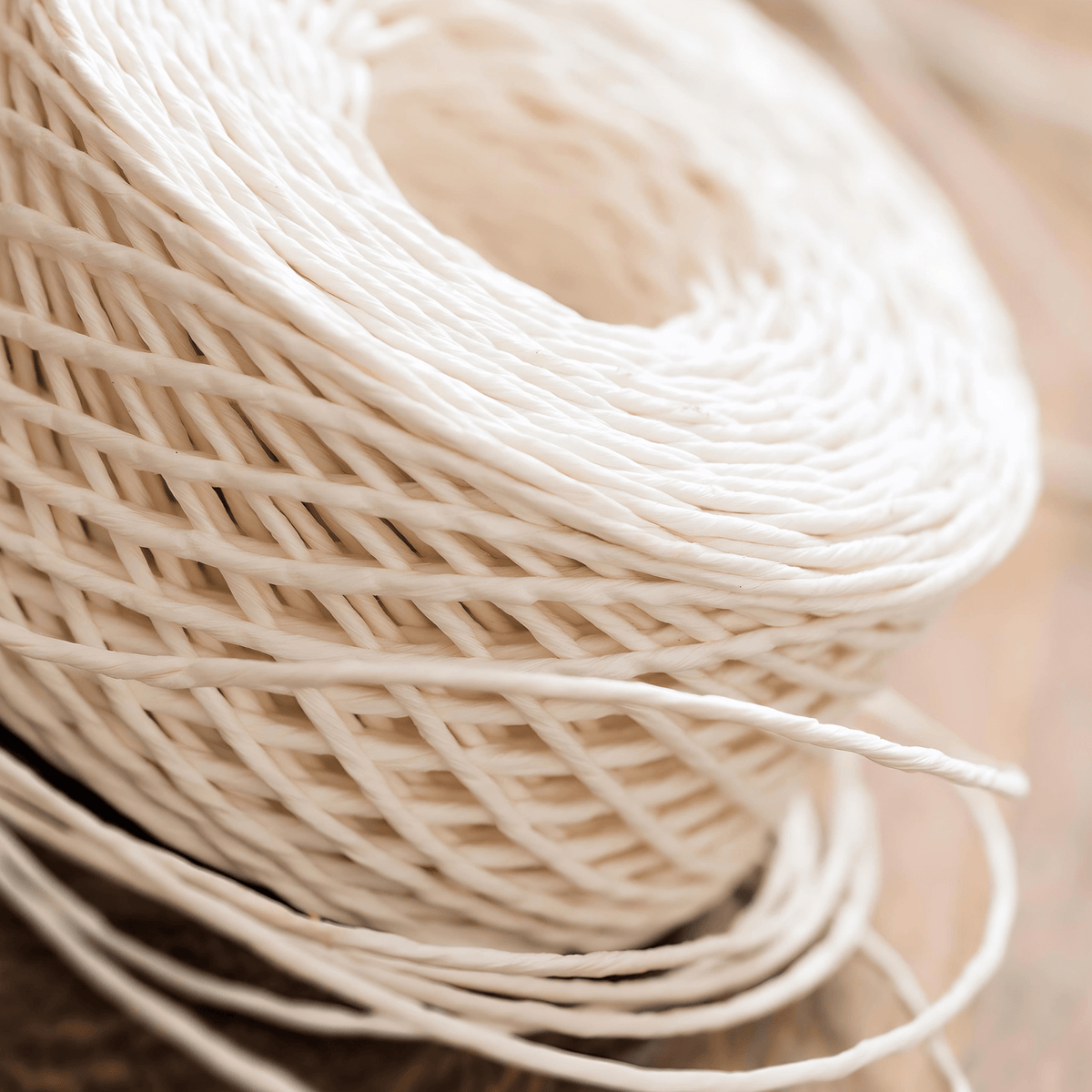
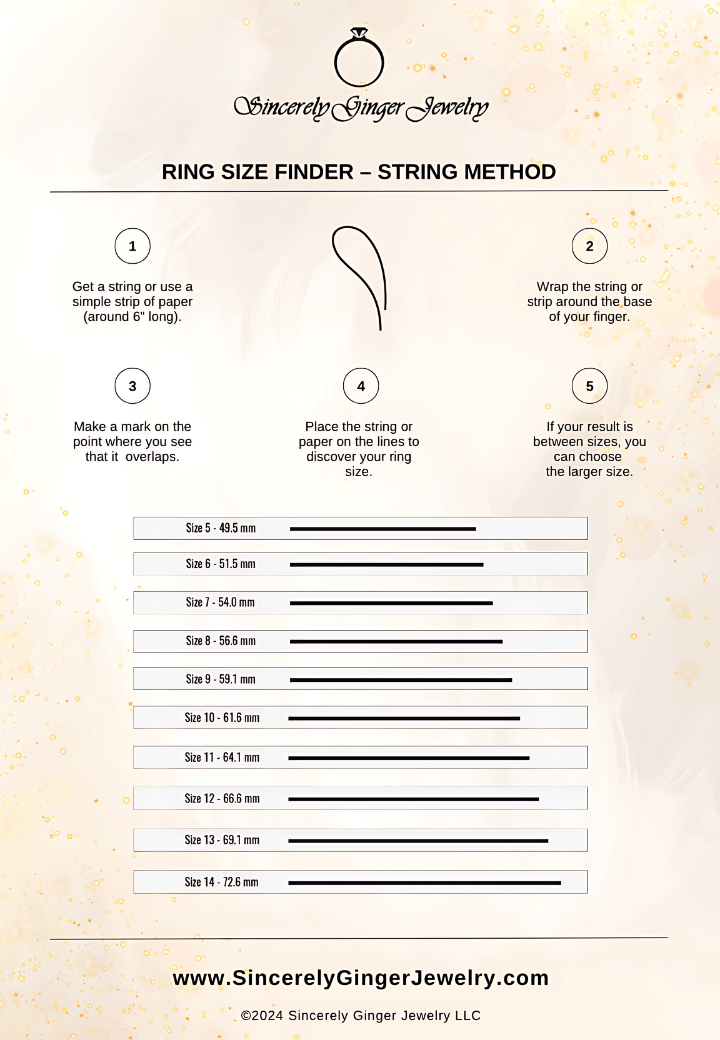
Click below to view and print the guide to help you follow through on these two methods.
A printable ring size chart is another convenient option for at-home measurement:
When using this method, ensure the printer settings are set to 100% scale to maintain accuracy. Double-check the measurements for precision.
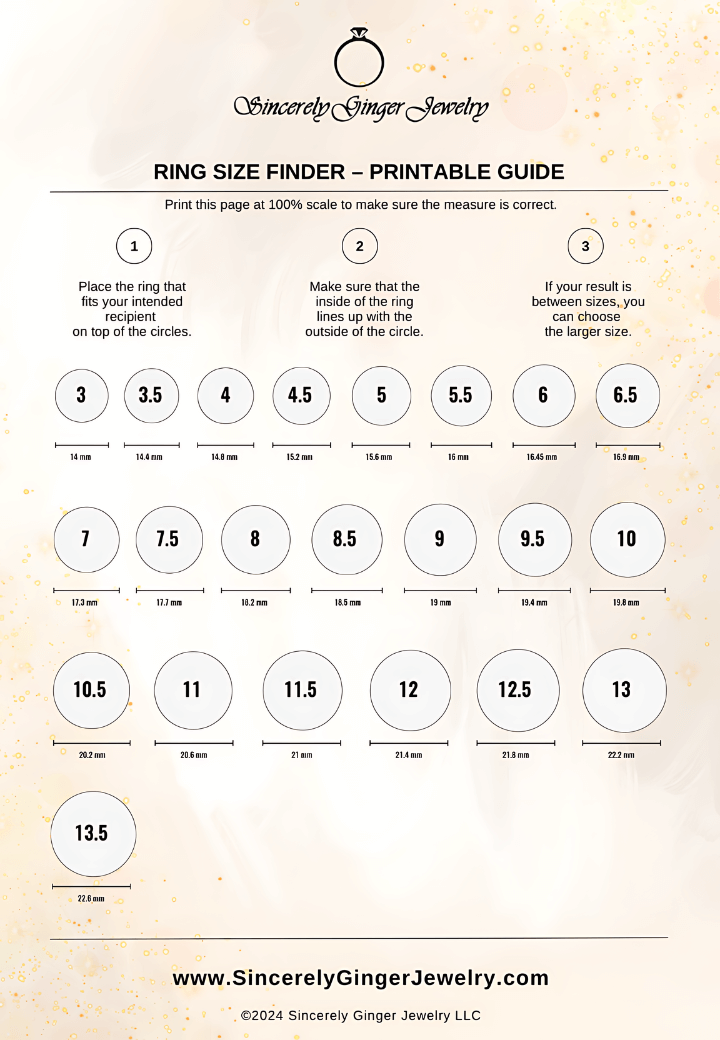
Measuring ring size accurately is crucial for ensuring a comfortable fit. However, several common mistakes can lead to inaccurate measurements. By understanding these pitfalls, individuals can avoid them and obtain a more precise ring size.
One of the most frequent errors in measuring ring size is using inappropriate tools. While it may be tempting to use makeshift methods, these can often result in inaccurate measurements. To obtain the most precise results, it's recommended to use a ring sizer made of plastic or metal. These specialized tools are designed specifically for this purpose and provide more reliable measurements.
For those who don't have access to a professional ring sizer, alternative methods can be employed. However, it's essential to use them correctly:
For the most accurate results, visiting a local jeweler for professional ring sizing is highly recommended. Professional jewelers have the expertise and tools to provide precise measurements and can offer valuable advice on finding the perfect fit.

Temperature has a significant impact on finger size, and measuring when fingers are cold is a common mistake. Cold weather tends to make fingers shrink, while heat can cause them to swell. This can lead to inaccurate measurements and potentially result in a ring that's too loose or tight.
To avoid this issue:
By considering these factors, individuals can obtain a more accurate representation of their average finger size.
Another common oversight is failing to account for knuckle size when measuring for a ring. The difference between knuckle size and the base of the finger can significantly affect how a ring fits. A ring that fits comfortably at the base of the finger may not slide easily over the knuckle, or vice versa.
To address this issue:
By taking these factors into account, individuals can avoid common measurement mistakes and find a ring that fits comfortably and securely.
Discovering someone else's ring size discreetly can be a challenging task, especially when planning a surprise proposal. However, several methods can help determine the correct size without arousing suspicion. Here are some effective strategies to find out a partner's ring size without them knowing.
Enlisting the help of friends and family members can be an excellent way to gather information about a partner's ring size. These individuals often have insider knowledge or can create opportunities to obtain the required information:

Using a ring that the partner already owns is a classic and effective method for determining their size:
Creating a fun, engaging scenario can help obtain the ring size without raising suspicion:
By employing these methods, one can determine their partner's ring size without compromising the element of surprise for a proposal. It's important to approach these techniques with care and subtlety to maintain the excitement of the moment.
Knowing your ring size is key to finding the perfect fit, whether you're shopping for yourself or planning a surprise for someone special. This guide has provided various methods to measure ring size accurately at home, from using specialized tools to DIY techniques. It has also shed light on common mistakes to avoid and offered clever ways to discover someone else's ring size discreetly.
Armed with this knowledge, you're now better equipped to choose rings that fit comfortably and look great. Remember, taking the time to get the size right can save you from the hassle of resizing or returns later on. So, next time you're in the market for a ring, you'll have the confidence to pick the right size, ensuring your new piece of jewelry feels as good as it looks.
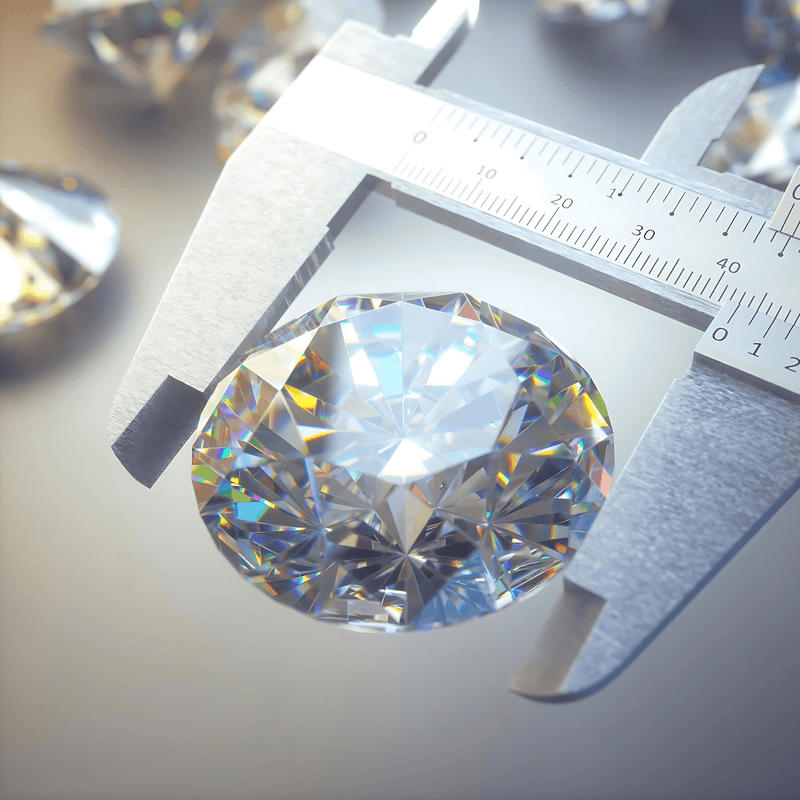
Know the size before you buy. The diamond size chart is an indispensable tool for buyers and enthusiasts alike.
LEARN MORE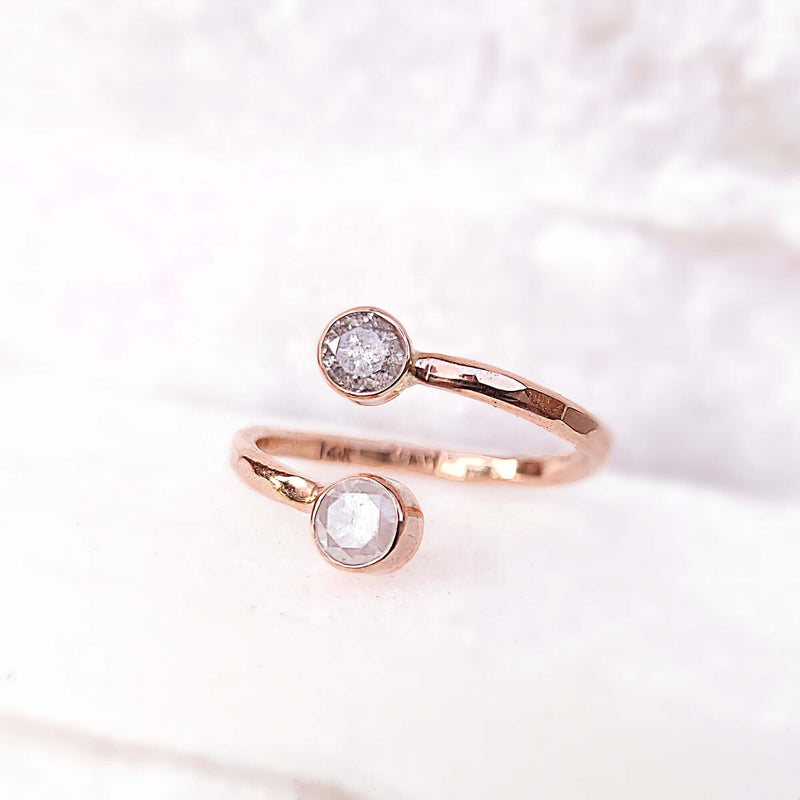
Diamonds, being the hardest known natural substance, are an appropriate symbol of the strength and everlasting quality of love.
LEARN MORE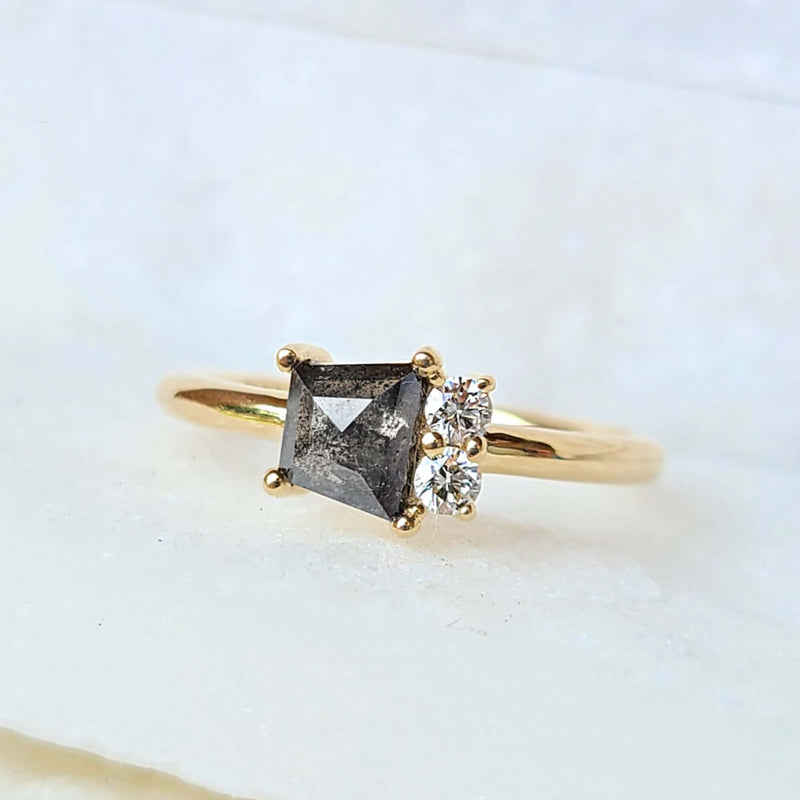
Alternative engagement rings are a fresh take on standard ring types that allow couples to express their distinctive style.
LEARN MORE